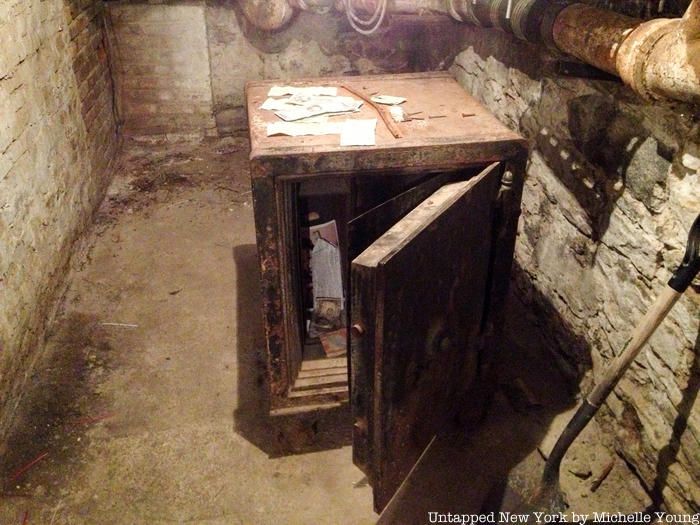Last-Minute NYC Holiday Gift Guide 🎁
We’ve created a holiday gift guide with presents for the intrepid New Yorker that should arrive just in time—


In 1964, a father and son were renovating a former speakeasy in the East Village into a theater when they came across two unopened safes in the basement. The speakeasy had been sold eagerly for a very cheap price and the entertainment business then was closely linked to mobsters. To touch their belongings meant death. Opening it with the former owner, $2 million dollars were found inside. What happened next has shaped the lives and the theater for the next sixty years.
Join us for a tour and drink at this former Prohibition speakeasy on March 26th at 6 PM, a brand new date we’ve just added. On this tour, which we first launched in 2013 and have brought back, you will have a guided visit through the Museum of the American Gangster, see both original safes (and what’s inside), see remnants of the original speakeasy inside Theatre 80 St. Mark’s Place, and have a choice of absinthe, wine, or draught beer after the tour in the William Barnacle Tavern, which still has half of the original wooden horseshoe shaped bar from Prohibition still intact.
BOOK NOW

Originally, the entrance to this illicit bar—located in a neighborhood frequented by Lucky Luciano, Al Capone, and John Gotti—was through the neighboring butcher shop. Theatre 80 St. Mark’s Place is where jazz icons including Harry “Sweets” Edison, John Coltrane, and Frank Sinatra once performed. In fact, the entire structure has its basis in layers of history—Leon Trotsky lived for a time in the gallery space.

A tour of the museum and bar guides you through this history, especially regarding organized crime and how it relates to Prohibition. Museum co-owner and curator Lorcan Otway described American history as a “pendulum between moral certainty and liberty,” and Prohibition certainly makes sense in this context.
The upstairs Museum of the American Gangster features a section on the bootlegging process, featuring artifacts ranging from old copper whiskey stills from Appalachia to vintage bottles of booze advertising “no government additives.” The tour explains in depth the history of rum runners, booze smugglers, and organized crime in America. It also covers a range of lesser-known phenomena including the Chemist’s War, wherein the U.S. government ordered the poisoning of industrial alcohols that bootleggers often bought and re-sold as spirits.
BOOK NOW
Subscribe to our newsletter